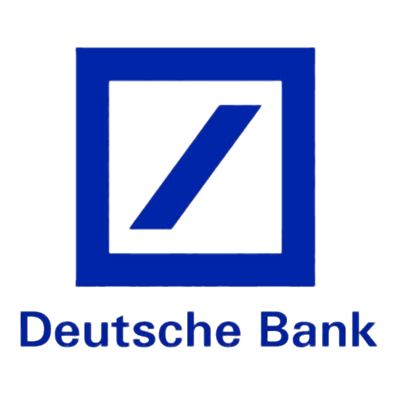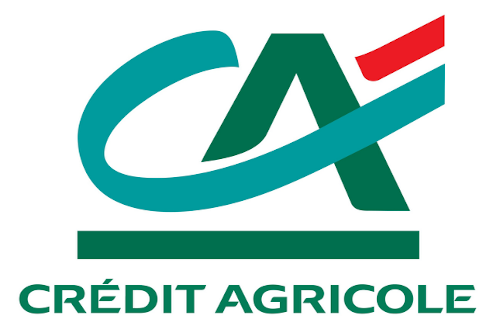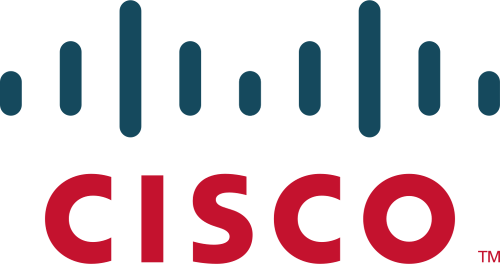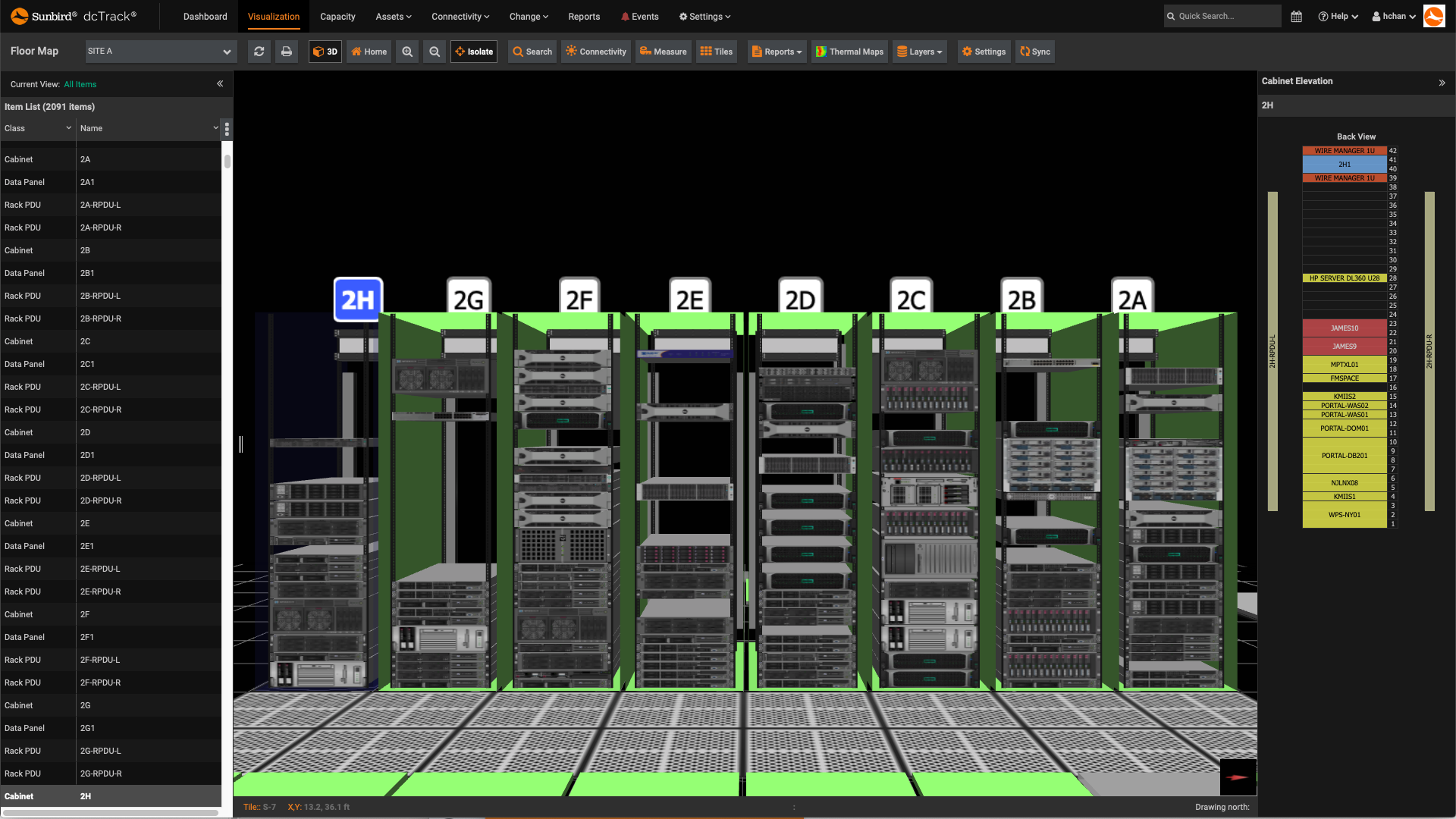Making the Case for Creating a Digital Twin of All Your Technical Spaces
Technology assets are no longer confined to the walls of a traditional data center. They now span a range of environments from core facilities and labs to distributed sites like IDF closets, manufacturing sites, and retail branches. Yet many organizations still rely on fragmented tools and manual processes to manage these distributed environments. This can result in gaps in visibility, inconsistent documentation, and higher operational risk.
Creating a digital twin of all your technical spaces and managing them through a centralized platform addresses these challenges head-on. Before looking at the benefits, it’s worth understanding the operational issues that arise when remote sites are neglected or poorly managed.
In this blog post, you will learn how technical spaces outside the data center are often undermanaged and what innovators are doing to gain control of these spaces.
The Growing Importance of Technology Asset Management for All Spaces
Technical spaces like IDF closets and remote edge sites have become critical to modern IT operations, playing a central role in delivering secure, reliable access to digital services.
They are not just secondary spaces. Their performance directly impacts productivity, customer experience, and even revenue.
For example, in retail, downtime in a network closet can stop point-of-sale transactions. In healthcare, it can disrupt patient monitoring. In education, it can disconnect entire buildings from digital learning platforms.
Despite this, they are still undermanaged by many organizations, with limited documentation, minimal monitoring, and little oversight that presents risk.
To meet today’s demands, organizations must treat all technical spaces as integral parts of their infrastructure. Giving them the same attention and accountability as core data centers is essential for improving reliability and operational efficiency.
Risks of Overlooking Distributed Technical Spaces
While main data centers typically receive a high level of oversight, smaller technical spaces often don’t. This leads to avoidable inefficiencies, including:
- No visibility into equipment inventory and configuration. Organizations often lack the same visibility into their remote spaces that they might have for their data center sites, leaving teams without a clear understanding of what assets they have and how they are configured and physically connected. This lack of insight can lead to operational inefficiencies such as difficulty troubleshooting issues or planning deployments.
- Lack of change management and documentation. Moves, adds, and changes in remote technical spaces are typically not documented with the same rigor as in data centers. This results not only in poorer visibility into asset inventory, but potentially also in unforeseen issues that lead to unplanned downtime.
- No monitoring of power and environmental conditions. Monitoring power utilization and environmental parameters like temperature and humidity is often neglected in spaces outside the data center. Yet, these spaces contain equipment that is just as susceptible to circuit breaker trips and overheating as in a data center. For example, a common issue in IDF closets is that rack-mounted UPS units are not properly managed or maintained and batteries unexpectedly fail which causes downtime.
- Compliance and security concerns. Some technical spaces may not adhere to the same stringent security protocols as data centers, leaving the organization exposed to compliance and security risks. Unauthorized access, poor documentation, and a lack of audit trails can complicate efforts to meet regulatory standards.
These problems are common but avoidable. That’s why modern organizations are broadening their focus beyond the data center to manage all technical spaces with the same level of rigor.
Why Data Center Leaders Are Pursuing Technology Asset Management for All Spaces
Forward-thinking teams are extending their data center practices and tools to include all technical spaces. This shift is often driven by:
- Broadening scope in response to fewer data center assets. As some organizations move toward cloud-first strategies, their physical data center assets either decrease or remain flat. However, data center, network, and IT professionals are finding opportunities to leverage their investment in Data Center Infrastructure Management (DCIM) tools and bring value to their organization by extending technology asset management to other spaces.
- Creating a single data repository for all technology assets. One of the key advantages of expanding asset management to all spaces is the ability to create a centralized, single repository of all technology assets, enterprise-wide. This provides a comprehensive view of all asset information which enables data-driven collaboration across all teams and more informed decision-making.
- Supporting compliance reporting. Having up-to-date asset records across all spaces can help facilitate compliance reporting.
- Enabling cost saving initiatives. Accurate asset inventory information for all global sites can be leveraged to negotiate maintenance contracts and ensure that maintenance is not being paid for on equipment that is no longer in use.
- Extending the full value of DCIM software. Users of modern DCIM software know the enormous ROI potential of the tool and understand the business impact of extending its use outside of their data centers. With better visibility into all spaces, experienced customers can leverage digital twins to potentially reduce downtime by addressing issues before they become problems, improve capacity utilization of their existing facilities to defer costs, and remotely manage to reduce the need to send technicians onsite.
What Is a Digital Twin and Why Is It Important?
A data center digital twin is a feature of modern DCIM software that provides a dynamic, virtual representation of your physical infrastructure — a real-time, data-driven model that mirrors what’s happening across your environment. It’s not just a diagram or a dashboard. It’s a continuously updated, interactive replica of your racks, devices, supporting infrastructure, data/power circuits, and environment.
A digital twin of all your technical spaces is so valuable because it enables:
- Modeling. Build a live, data-driven replica of your entire infrastructure from racks and devices to connections and dependencies so you always have an accurate, up-to-date understanding of what you have, where it is, and how it’s connected. With a digital twin maintained through DCIM software, you eliminate guesswork and ensure everyone works from the same source of truth.
- Planning. Use your digital twin to simulate scenarios and make smarter, faster decisions about your space, power, cooling, and data/power port resources. DCIM software lets you analyze capacity in real time, understand the impact of changes, and avoid costly missteps like overloading a power circuit.
- Visualization. Get complete visibility into all your technical spaces with interactive 3D floor maps, network diagrams, and single-line diagrams. From rack elevations with overlaid power and environmental readings to world map views with site health indicators, visualization helps you manage remotely, plan easier, and troubleshoot faster.
How DCIM Software Enables Your Digital Twin
DCIM software is purpose-built to provide digital twins and centralized technology asset management.
Key capabilities include:
- Centralized database and web-based interface. DCIM software centralizes all operational data into one platform with a browser-based interface, allowing cross-functional teams to collaborate and access real-time information from any desktop or tablet, streamlining collaboration, decision-making, and operations.
- Model templates for automated data entry. A robust library of equipment model templates with images streamlines provisioning and automates data entry and rack elevation diagrams, accelerating planning and deployment processes while reducing the potential for human error and ensuring consistency across the organization.
- Relationship and dependency mapping. DCIM software can track equipment’s relationships and dependencies to enhance planning and impact analysis.
- Automation via integration. With out-of-the-box connectors for CMDBs, ticketing systems, and VMware, plus fully-documented APIs to integrate with other tools, DCIM software enables automation that synchronizes data between systems, streamlines workflows, reduces manual data entry and swivel chair management, and enhances the presentation of information.
- Concurrent multi-user access with granular permissions. DCIM software allows many users to access and work within the system simultaneously and offers role-based permissions for enhanced control over who can view and modify data.
Real Results from Real Organizations
Here’s how organizations are already seeing value from this approach.
World Bank
The World Bank is expanding their use of DCIM software to manage almost 400 telco closets in 180 countries to improve asset lifecycle management, reduce manual effort with integration, be more proactive with monitoring and alerting, and enable better collaboration and visibility across teams.
Having a digital twin greatly helps them communicate with other teams.
“Sunbird allows us to visually display the assets to the layperson. When you’re trying to describe a rack full of equipment, it gets complicated. When you can show it to them in 3D and show them the cable layout, a picture is worth a thousand words,” said Frank Butler, Senior Project Officer, World Bank.
Read the World Bank case study.
Large Healthcare Provider
A large healthcare organization managing over 5,000 cabinets and 300 IDF sites leverages DCIM software to increase energy efficiency, increase operational efficiency, reduce the risk of outages, and enable more efficient and reliable power distribution.
Their digital twin helps them easily find the exact rack and U position of assets and understand what services are impacted if there is an outage in any IDF closet.
“If I need to find any sort of random asset, I can go into dcTrack, punch in the name, and I can find out wherever it is and have all the information at my fingertips… I can draw a blast radius of what’s impacted if an IDF goes offline. That’s going to be massive for us. At a service level, I can know if it impacts post anesthesia care units (PACUs), intensive care units (ICUs), emergency departments (EDs), etc.,” said the customer.
Read the large healthcare organization case study.
Major Food and Beverage Company
A major food and beverage company with a non-retail IT footprint spanning data centers, manufacturing distribution sites, corporate offices, and regional offices uses DCIM software to enable a single source of truth that drives increased operational efficiency and cross-functional collaboration.
They use their 3D digital twin to simplify instructions to contractors and enhance the presentation of information to other teams.
“If we have projects going on where we’re utilizing contractors, we can print rack elevations directly in dcTrack. It’s impressive to be able to show somebody if you’re trying to explain to a coworker or contractor that’s never been in one of your spaces. I can pull this 3D model up and show it. It’s an impressive tool,” said the customer.
Read the major food and beverage company case study.
More Digital Twin Examples
Cisco and Five9 leverage digital twin visualization of their data center sites to do more work remotely rather than have to create remote hands tickets.
According to Cisco, this helps them reduce tickets which can cost $400 each, and according to Five9, they are saving 50% on remote hands tickets—all because they have a digital twin.
Bringing It All Together
Small technical spaces like IDF closets may not get the same attention as core data centers, but they are just as essential. Managing them well requires more than occasional audits or static spreadsheets.
By extending your technology asset management strategy to include all your IT environments and creating a digital twin powered by DCIM, you can operate with greater efficiency across your entire infrastructure.
Want to see why more and more organizations are leveraging Sunbird DCIM to enable technology asset management for all spaces? Get your free test drive now.





























